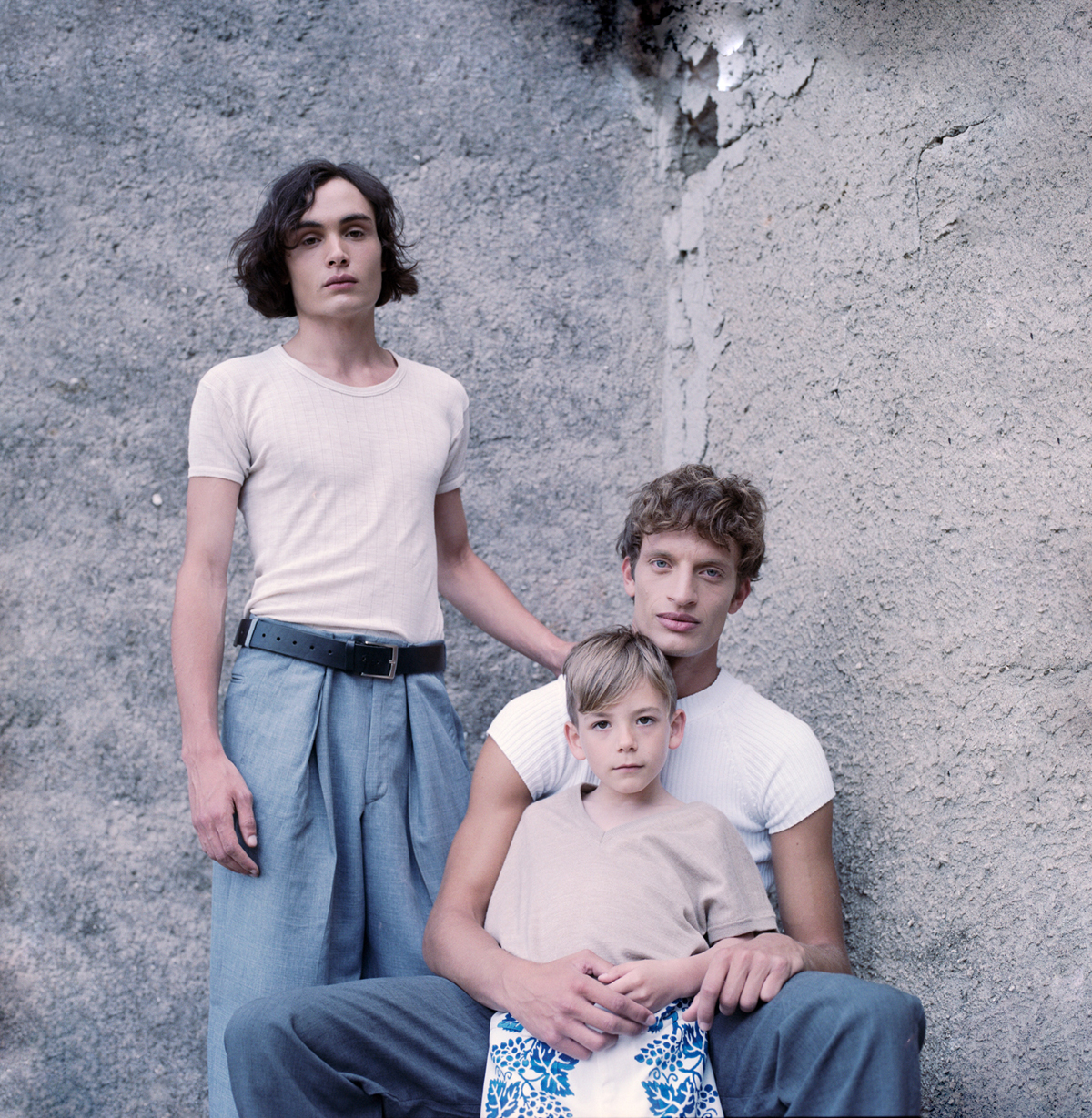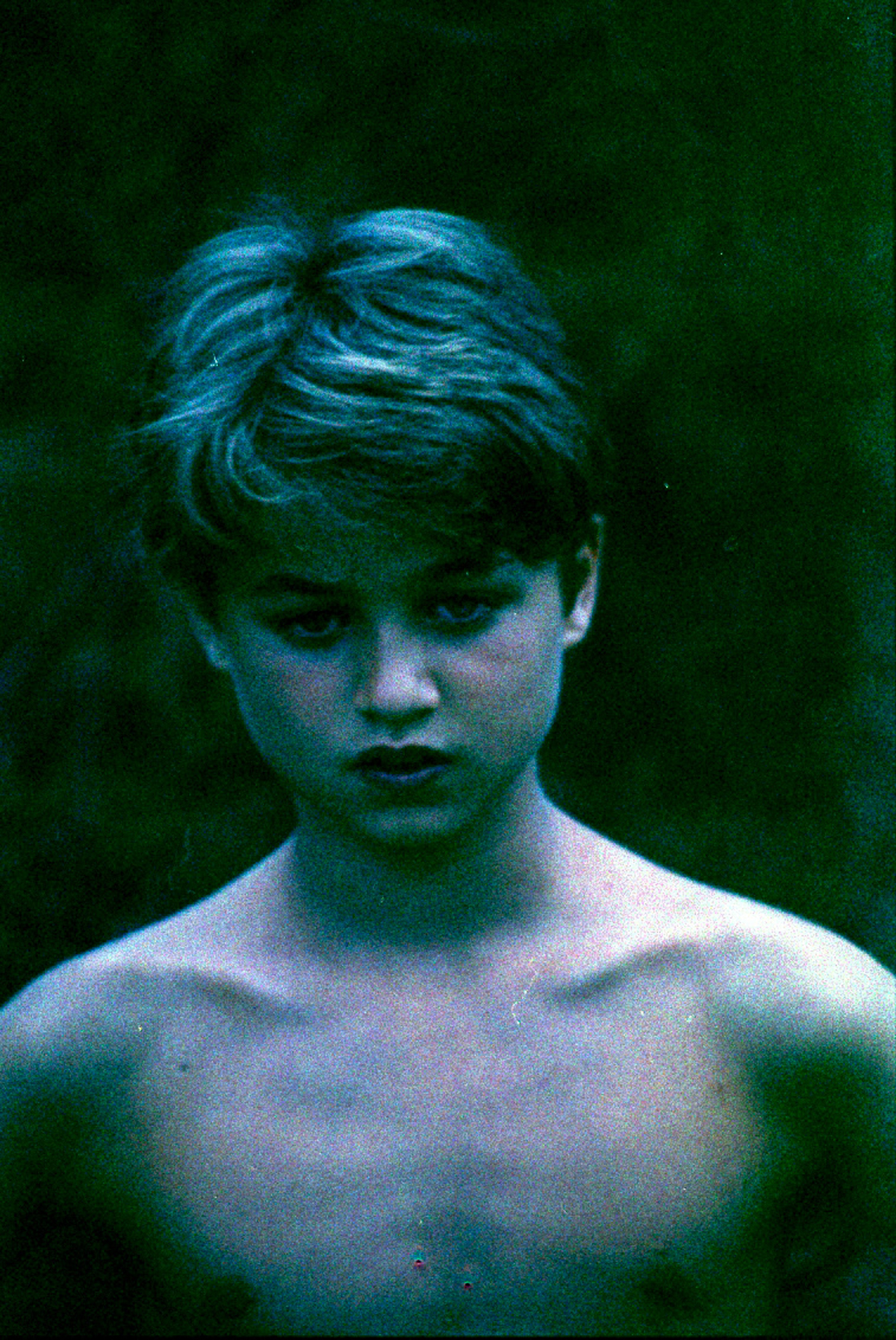


















alessandra coppola
AUTHOR
Alessandra Coppola
INTERVIEW BY
Vincenzo Miranda
VM: Let's start talking about photographic genres.Is portrait a genre in which you find yourself or do you consider photography a medium that allows you to play with different genres?
AC: Portrait is certainly the first and most immediate "type" of photography, from which my whole story develops. I don't necessarily need to go beyond the portrait, on the contrary, a glance, a "defect" on the face, protruding teeth, full or super thin lips, thick eyebrows or a haircut, are often more than valid elements to build and tell a story,
that’s why subjects (especially male or children) are the favourite protagonists of my photos.
VM:Who can you consider, on an artistic level, a master and a figure that is akin to your personality, research and work?
If you had to, beyond affinity, talk about people who are your contemporaries, who would you mention? And why?
AC: Paradoxically, I am not so much a big expert and fan of great photographers. I could mention Mario Sorrenti (I have a great fascination for him), but I have never been inspired by a specific photographer and I can't even say which photographers my style is similar to.
On the other hand, I find very interesting the shots of great reporters like Lewis Hine, a sociologist and photographer who documented the social state of America in the early 1900s, or Paul Strand and Dorothea Lange, great reporters and witnesses of a raw and true society.
Cinema is certain my real cultural background, from which I draw inspiration, and photography, as we all know, is the mother of cinema.
For me, the greatest masters of art, image, composition and colours are Visconti, Fellini, Antonioni and Bergman
(just to mention my first favourites).
If I had to mention someone more current, I would certainly refer to Dolan and Gaspar Noe.
Very different from each other in genre and expression,
but all of them are brilliant. They all have, although in different ways, a great capacity for storytelling and staging. I consider them to be the greatest visionaries in art.
VM: Going through your portfolio it is possible to perceive your desire to use analogue tools. Why this choice?
AC: The choice of using film can also be linked to cinema.
Shooting that particular patina not because "you want to reproduce a fake image from the 70s" but to give coherence to the meaning and history of what I am shooting. I am always looking for a palette of colours that are increasingly faded and pastel.
Colour is one of the protagonists of the photo,
but it must not be an invader.
Shooting without seeing the result in the meantime is a condition that I personally find wonderful.
The limit actually becomes a potential that does not divert my concentration or my creativity, but rather encourages it.
VM: What do you think about technology in the creative field in 2021?
AC: Technology is a very broad subject.
Apparently my aesthetics and vision is a bit "anti-technological". but I have to admit that technology helps us a lot nowadays.
I don't really use technology too much in the photographic process, even if, of course, computer is part of my work,
especially in the video editing.
I think, however, it is all a matter of habit of the era in which one lives.
In a more general sense, technology is certainly a great tool.
The important thing is not to abuse it or be dependent on it, but to be opened to find habits and solutions using different tools.